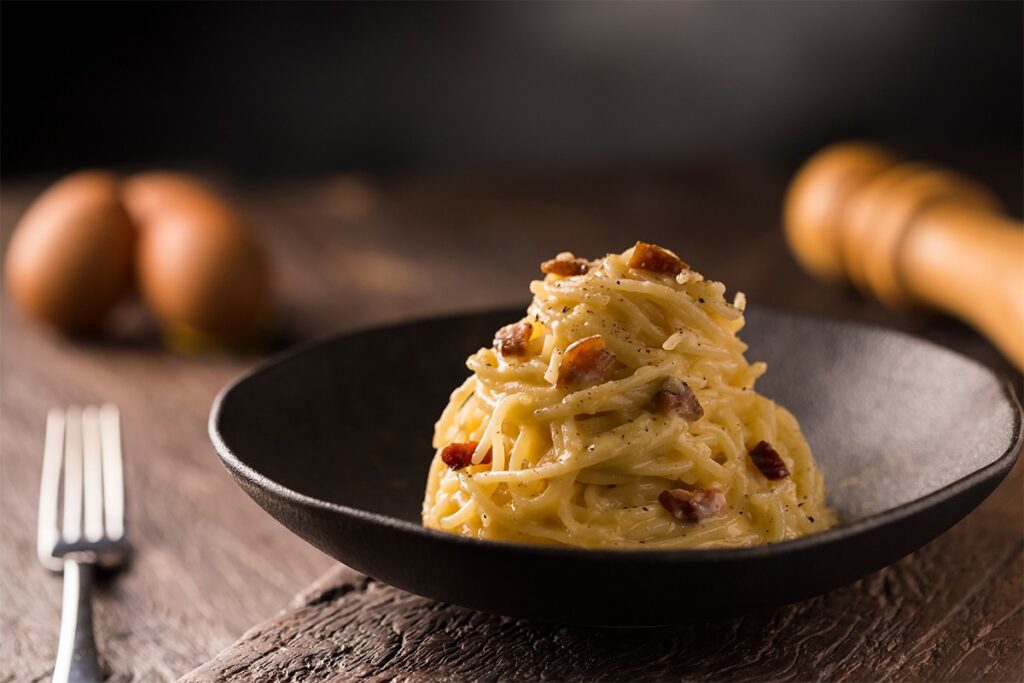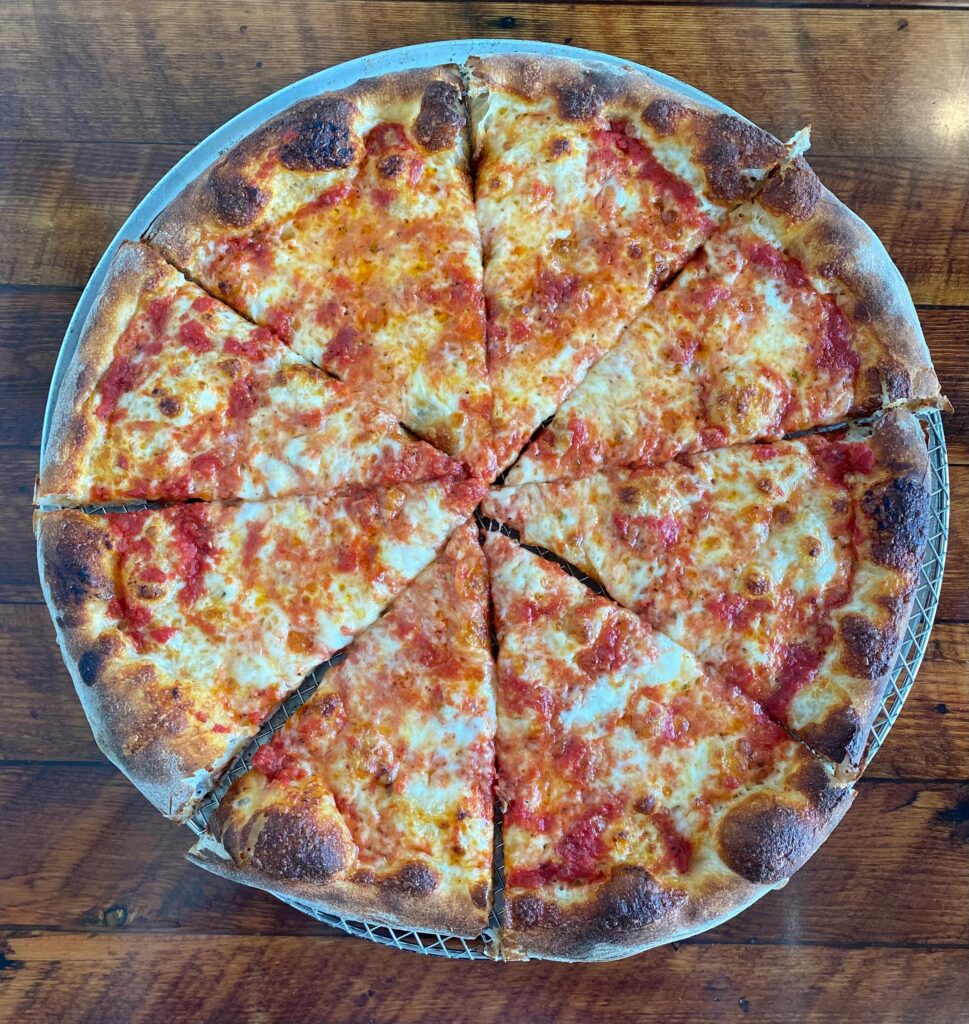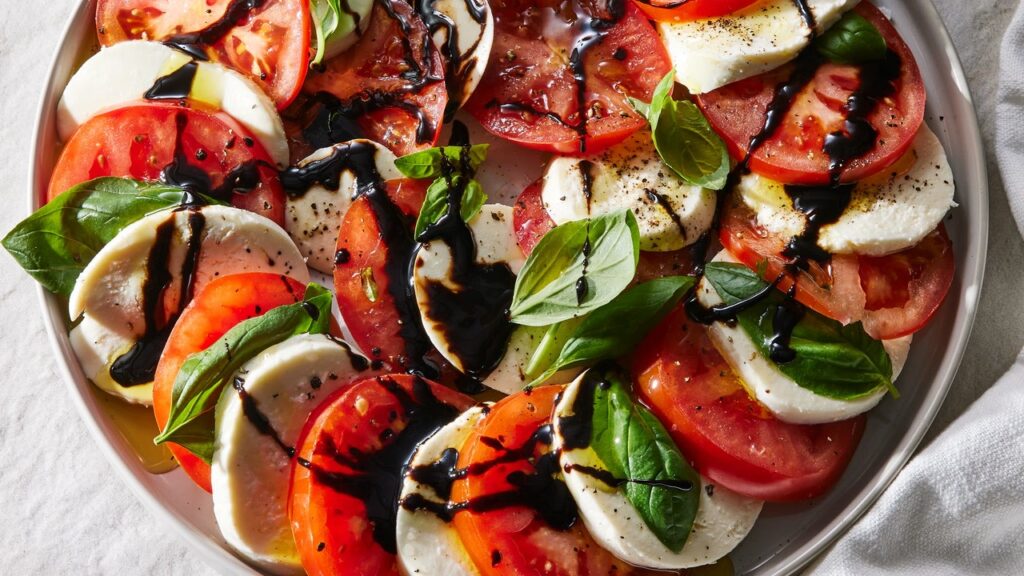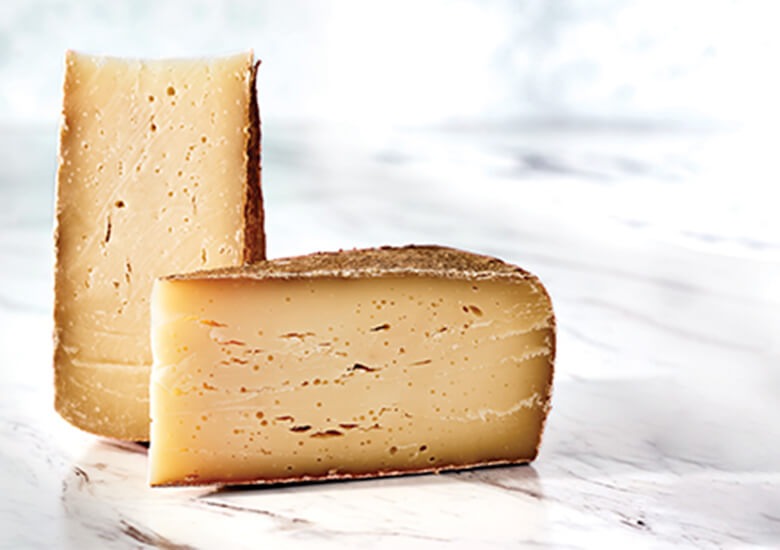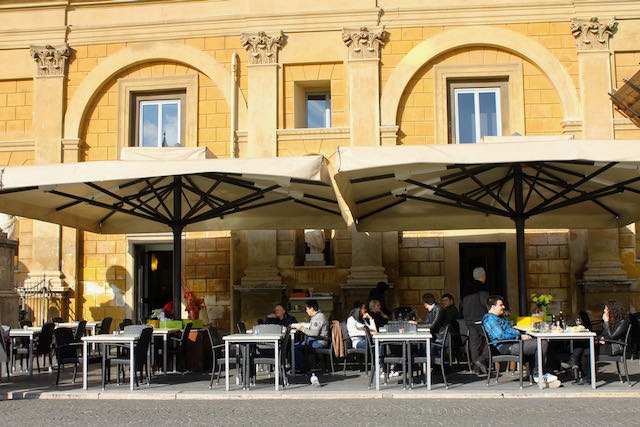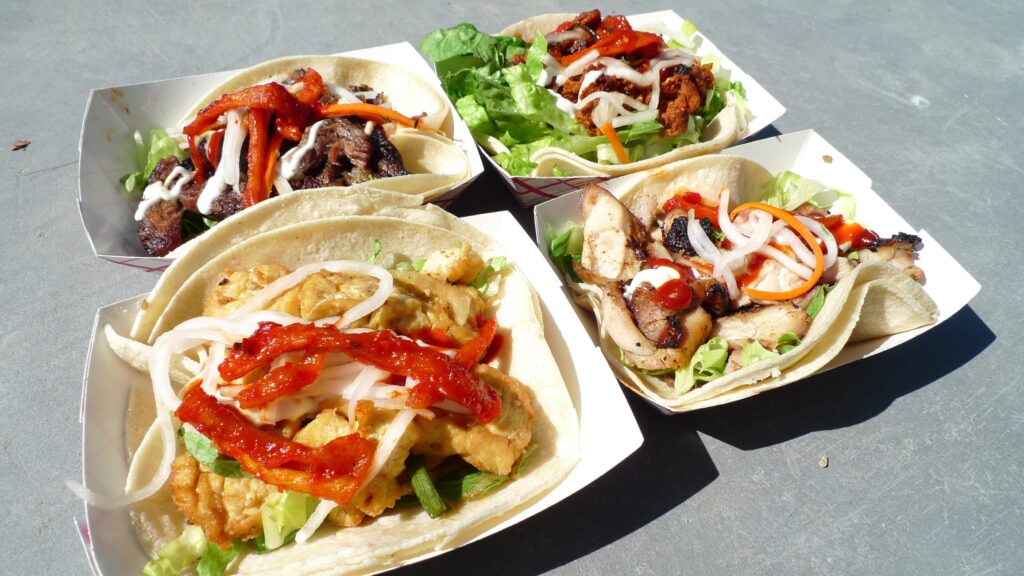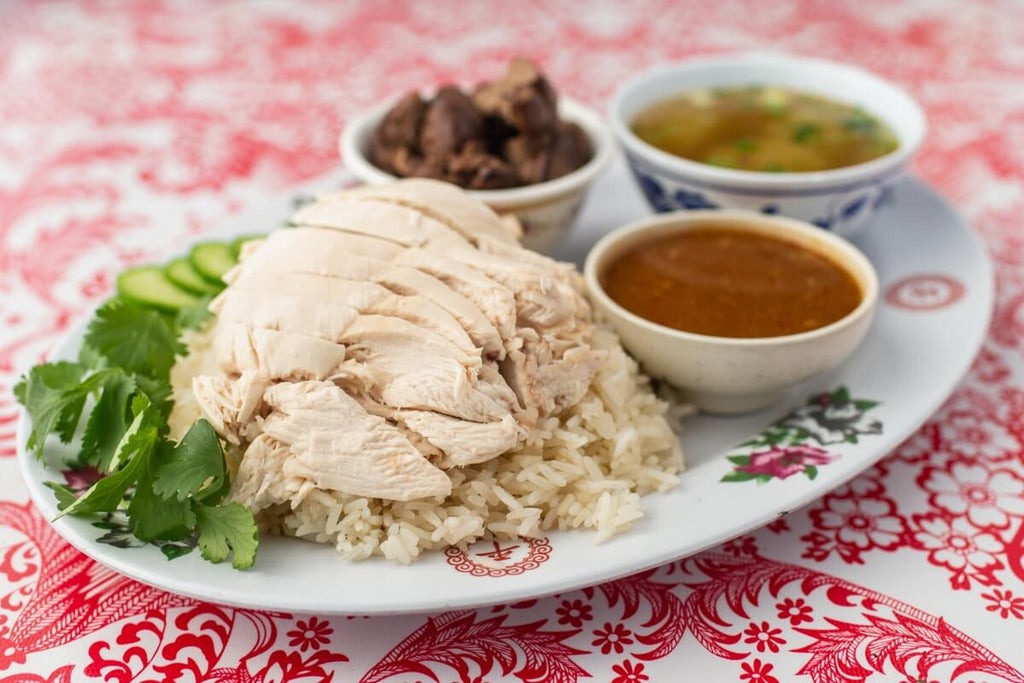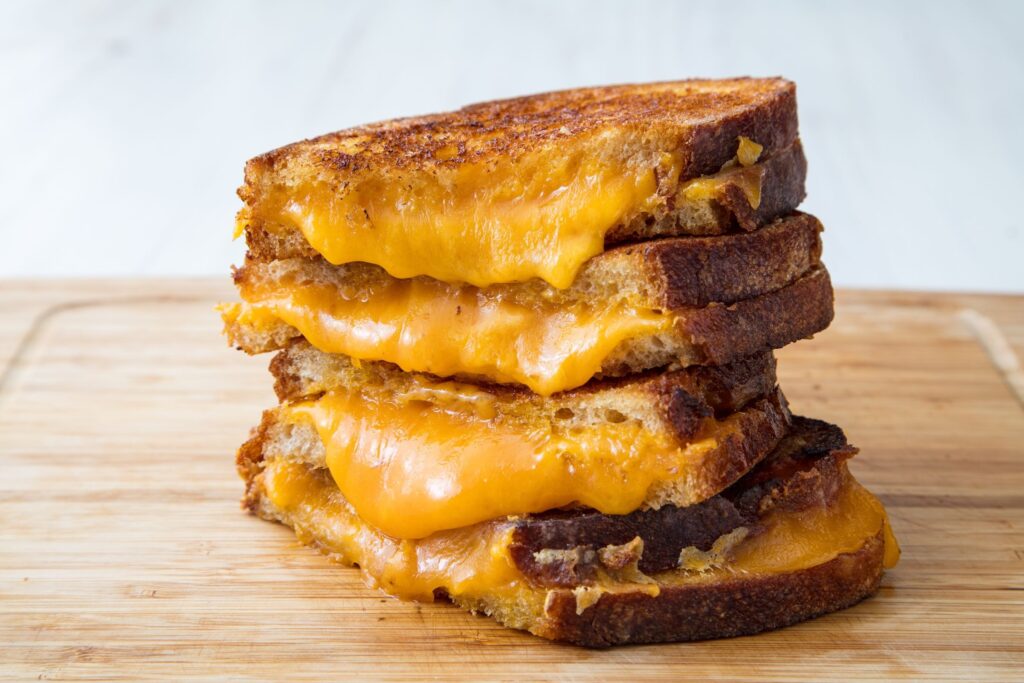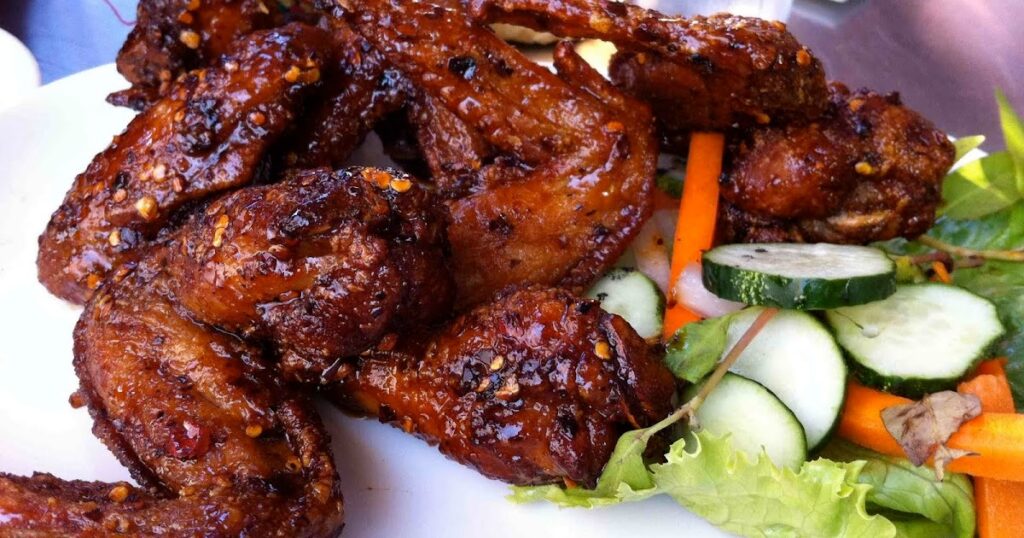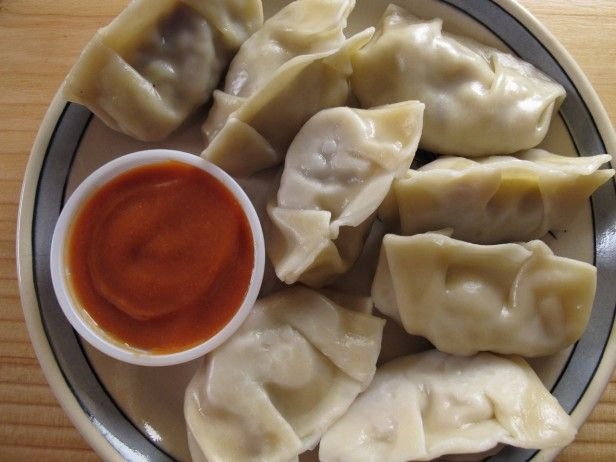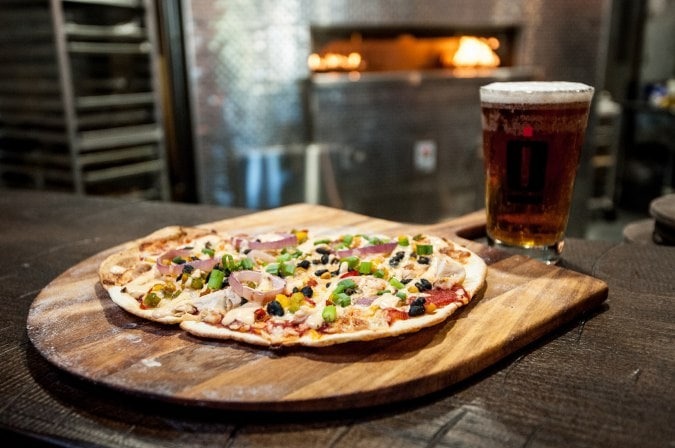Donuts, with their golden crusts and pillowy interiors, are a beloved treat across the globe. While many people associate donuts with American coffee shops and bakeries, Europe has a rich and varied tradition of donut making that spans centuries and cultures. From the sugar-dusted Berliner of Germany to the creamy bomboloni of Italy, European-style donuts offer a wide range of textures, fillings, and flavors that are both nostalgic and gourmet.
In this article, we’ll explore how to make European-style donuts, their regional variations, and tips to recreate these irresistible treats in your own kitchen.
What Sets European Donuts Apart?
European donuts are typically yeast-leavened rather than cake-style, making them lighter and more airy inside. They often contain fillings like jams, custards, or chocolate rather than having holes in the center. What truly makes them stand out, however, is their strong connection to local traditions and celebrations.
Many European donuts are made during festive times such as Carnival, New Year’s, or religious holidays, making them more than just a sweet snack—they’re part of cultural heritage.
Common Ingredients in European Donuts
To make traditional European-style donuts, you’ll need:
- Flour – All-purpose flour or bread flour is commonly used.
- Yeast – Active dry yeast or fresh yeast gives the donuts their signature rise.
- Milk – Warm milk helps activate the yeast and enrich the dough.
- Butter – Adds flavor and tenderness.
- Sugar – For sweetness and browning.
- Eggs – Create a soft, rich dough.
- Salt – Balances the sweetness.
- Fillings – Jam, custard, chocolate, or whipped cream.
Optional toppings include powdered sugar, cinnamon sugar, glaze, or chocolate ganache.

Classic European Donuts by Country
1. Germany: Berliner (Pfannkuchen)
These round, jam-filled donuts are a staple during New Year’s Eve and Carnival season. Made with yeasted dough, they are deep-fried until golden and then filled with fruit preserves, usually raspberry or plum. A dusting of powdered sugar finishes them off.
2. Italy: Bomboloni
Italian bomboloni are typically smaller than Berliners and have a delicate texture. Filled with pastry cream, Nutella, or jam, they are often enjoyed as a breakfast pastry in cafes across Italy. The dough may contain citrus zest or vanilla for added aroma.
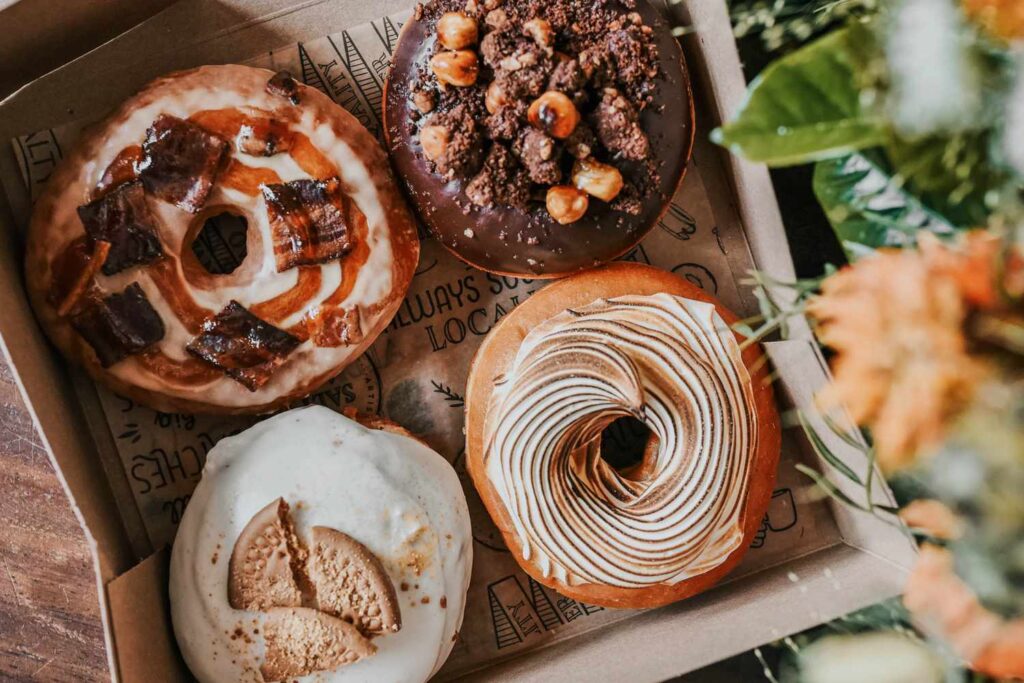
3. Poland: Pączki
Pączki (pronounced “poonch-kee”) are rich, deep-fried pastries traditionally consumed on Fat Thursday before Lent. They are often filled with rosehip jam or custard and glazed or topped with powdered sugar.
4. Austria: Krapfen
Similar to Berliners, Austrian Krapfen are round donuts filled with apricot jam. They’re especially popular during Fasching, Austria’s pre-Lenten celebration.
5. France: Beignet
French beignets are lighter and square-shaped, especially in the New Orleans tradition, but the French version can also resemble filled or ring donuts. Often dusted with powdered sugar, they are a staple in bakeries and patisseries.
Step-by-Step Recipe for Classic European-Style Donuts
Let’s walk through a simple, universal recipe that can be adapted with your choice of filling:
Ingredients:
- 3 ½ cups all-purpose flour
- 2 ¼ tsp active dry yeast
- ¾ cup warm milk (not hot)
- ¼ cup sugar
- 2 large eggs
- ¼ cup unsalted butter, softened
- ½ tsp salt
- 1 tsp vanilla extract or lemon zest
- Jam, pastry cream, or Nutella for filling
- Powdered sugar for dusting
- Oil for frying (vegetable or sunflower oil)
Instructions:
- Activate the Yeast:
- In a bowl, combine warm milk and 1 tbsp of sugar. Stir in the yeast and let it sit for 10 minutes until foamy.
- Make the Dough:
- In a large mixing bowl, combine flour, remaining sugar, salt, eggs, vanilla (or zest), and the yeast mixture. Mix and knead for about 8–10 minutes, adding the softened butter gradually. The dough should be smooth and elastic.
- Let It Rise:
- Place the dough in a lightly greased bowl, cover with a towel, and let it rise in a warm place for 1–2 hours, or until doubled in size.
- Shape the Donuts:
- Roll out the dough to about ½ inch thickness on a floured surface. Use a round cutter (about 3 inches wide) to cut out circles. Place them on a tray, cover, and let rise for another 30–45 minutes.
- Fry the Donuts:
- Heat oil in a deep pan to 350°F (175°C). Fry the donuts in batches, about 1–2 minutes per side, until golden brown. Drain on paper towels.
- Fill and Finish:
- Once slightly cooled, use a piping bag with a narrow tip to fill each donut with your desired filling. Dust generously with powdered sugar.
Tips for Perfect European Donuts
- Don’t over-knead: You want a soft dough, not too elastic.
- Oil temperature matters: Too hot and the outside will burn before the inside cooks; too cool and the donuts will absorb too much oil.
- Don’t overfill: Use just enough filling to complement the dough.
- Flavor enhancers: Try adding rum, cardamom, orange blossom water, or zest to your dough for regional flair.
Healthier Bakes: Can You Bake European Donuts?
While traditionally fried, you can bake European-style donuts for a slightly healthier alternative. However, they won’t have the same crisp outer texture. To do this:
- Bake at 350°F (175°C) for 10–12 minutes.
- Brush with melted butter immediately after baking and roll in sugar.
Creative European-Inspired Fillings to Try
While traditional jam and custard fillings are classic, here are a few unique European-inspired ideas:
- Dulce de leche (Spain/Portugal)
- Chestnut cream (France/Italy)
- Lemon curd (UK)
- Pistachio cream (Southern Europe)
- Speculoos spread (Belgium)
Why European Donuts Are Making a Global Comeback
In recent years, there’s been a resurgence of interest in traditional European pastries, especially in artisanal bakeries and food blogs. European-style donuts are gaining popularity for their refined taste, beautiful presentation, and cultural richness.
They appeal to both nostalgic tastes and gourmet sensibilities—perfect for foodies, Instagrammers, and bakers alike.
Final Thoughts
European-style donuts are much more than just sweet treats—they’re a delicious expression of culture, tradition, and craftsmanship. Whether you’re recreating Polish pączki for a celebration or crafting elegant Italian bomboloni for brunch, these donuts bring the joy of European baking to your kitchen.
By understanding the nuances of dough, fillings, and regional traditions, you can master this timeless pastry and impress friends and family with your baking skills.
So, grab your apron and get ready to make some elegantly indulgent European-style donuts—one bite, and you’ll understand why these confections have stood the test of time.













